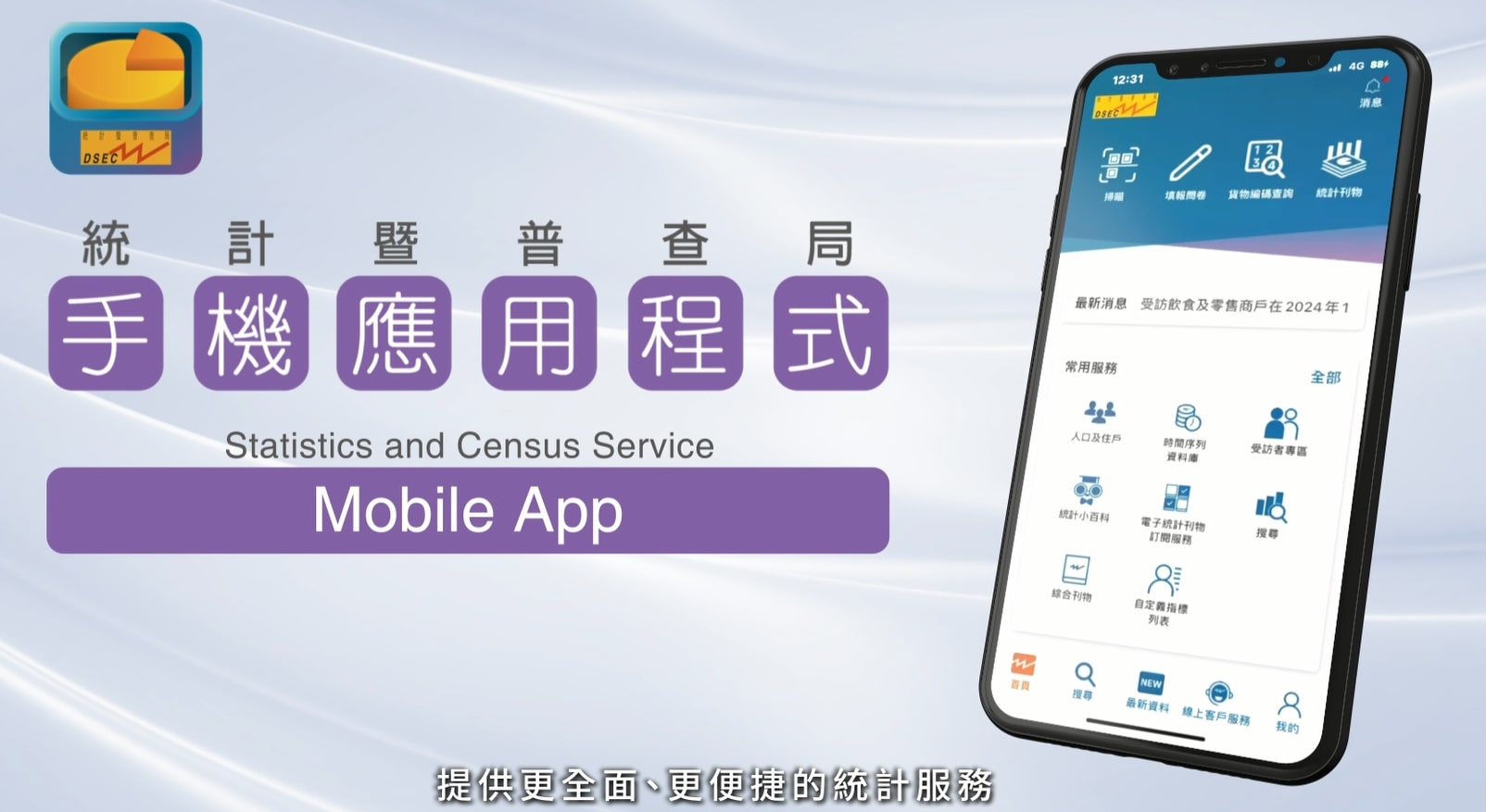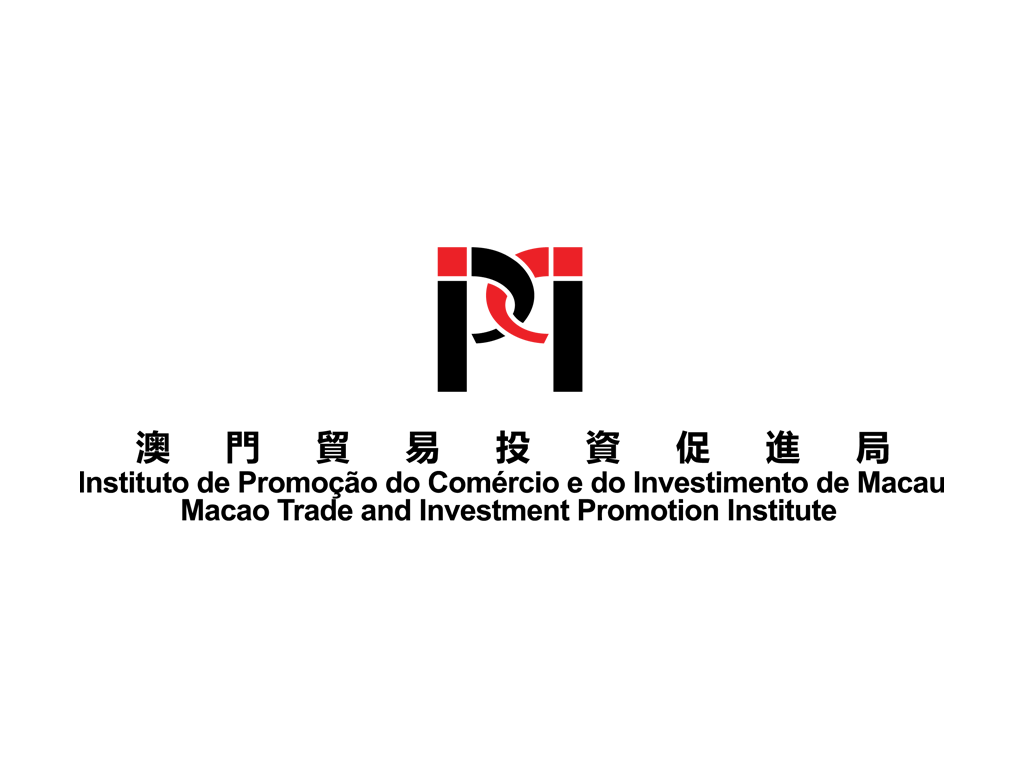Search Issues
Guangdong’s total foreign trade value exceeds 840 billion yuan from January to February 2020
Cross-border e-commerce import and export value and market procurement exports rank first in the country
According to the statistic of Guangdong Branch of General Administration of Customs, Guangdong’s total foreign trade volume (import and export) from January to February 2020 reached 842.7 billion yuan, accounting for 20.4% of the country’s total trade value over the same period.
Due to the impact of the novel coronavirus pneumonia epidemic, the external demand further slowed down and Guangdong’s foreign trade volume declined. However, Guangdong’s economic development maintains strong resilience and full potential. The long-term positive trend of foreign trade remains unchanged.
New formats in foreign trade
Market procurement export grew 1.8 times
From January to February this year, the cross-border e-commerce imports and exports in Guangdong reached 7.95 billion yuan, which increased by 33.4% and continued to take the lead in the country; The market procurement export reached 46.64 billion yuan, an increase of 1.8 times. The scale of exports jumped to the top in the country. During the epidemic period, the new trade format in foreign trade has released huge potential.
“This new trade format is the stable new support for foreign trade in Guangdong, giving new impetus for transformation and upgrading. It enjoys continuously rising status,” said Mr Bai Ming, Vice Director of International Market Research Institute, Chinese Academy of International Trade and Economic Cooperation. The new trade format and new business model are full of vitality. For example, the cross-border e-commerce model can make full use of the advantages of online ordering and transactions without personal contact, which shortens the distance between domestic foreign trade companies and foreign trading partners, hedging the impact of the epidemic, helping businesses to turn crisis into opportunity and expanding more new business.
Since the beginning of this year, cross-border e-commerce is not only of large scale, but also growing rapidly. The total value of cross-border e-commerce import and export of Guangzhou Customs area has reached 4.1 billion yuan, an increase of 15.7%, temporarily ranking first in the country; the total value of cross-border e-commerce import and export value of Huangpu Customs area is 2.97 billion yuan, showing a rapid growth of 201%.
Meanwhile, Guangzhou Customs carried out innovative reforms in terms of cross-border e-commerce supervision. For the first time nationwide, it opened various transportation channels for returning goods such as sea, land, air, and post. During the critical epidemic period, this act reduced the loss of enterprises caused by “difficulty in returning goods”. “During the epidemic, we made every effort to ensure stable supplies and smooth logistics, and the customs also ensured ‘zero delay’ in customs clearance,” said Ms Li Yaping, General Manager of Customs Affairs Department of Cainiao Global.
In the near future, as more favorable factors stack up, Guangdong’s cross-border e-commerce will embrace new development. A few days ago, Guangdong issued the “Implementation Plan of China (Shantou) and China (Foshan) Cross-border E-commerce Comprehensive Pilot Zone”. As two “new soldiers” in the cross-border e-commerce comprehensive pilot zone, Shantou and Foshan will focus on B2B (business-to-business) export. As of now, a total of 6 cities in Guangdong have established as cross-border e-commerce comprehensive pilot zones, which will further promote the transformation and upgrading of foreign trade and help to build a strong province in foreign trade.
In addition, in January and February, Guangdong’s foreign trade value (imports and exports) totaled 842.75 billion yuan, a year-on-year decrease of 15.2%, accounting for 20.4% of the country’s total trade value during the same period. Among them, exports were 490.37 billion yuan, a decrease of 17.5%; imports were 352.38 billion yuan, a decrease of 11.8%.
Guangdong Branch of General Administration of Customs pointed out that the impact of the epidemic on Guangdong’s import and export is only temporary and phased. It will not change the long-term trend of Guangdong’s foreign trade development. With the positive results of epidemic prevention and control, the gradual implementation of various policies and measures, and the accelerated pace of resumption in work and production of foreign trade companies, Guangdong’s foreign trade has shown strong resilience and inertia. There are still many favorable and supporting factors in terms of foreign trade.
Major players of foreign trade
37,000 companies conduct import and export business
Since the resumption of work, Guangdong has 37,000 enterprises engaged in import and export business, which is equivalent to 80.7% in the same period in 2019. The import and export scale gradually picked up in early, mid and late February.
“Enterprises withstood the pressure and together upheld Guangdong’s position in the global industrial chain and supply chain.” Mr Bai Ming said that improving independent innovation capabilities and technological content and accelerating independent brand building have always been a good way for Guangdong foreign trade enterprises to resist the impact of the epidemic.
Practical policies also support enterprises to accelerate resumption of work and production. At present, the province adopts multi-sector joint efforts to promote the steady growth of foreign trade. New measures are implemented in six aspects, from supporting the stable development of production-oriented foreign trade enterprises, actively exploring diversified international markets, actively expanding the import of key commodities, supporting the growth of service-oriented trading enterprises, further improving the level of foreign trade in financial and taxation services, as well as upgrading facilitation in cross-border trade.
A series of policies have achieved initial results. Among them, from January to February this year, 41,000 Guangdong enterprises have applied for export tax rebates (exemptions) for a total value of 47.7 billion yuan. As of March 4, the People’s Bank of China Guangzhou Branch has handled 21,000 cases of foreign exchange facilitation pilot businesses with a total amount of 27.693 billion US dollars, effectively solving the problem of capital turnover of foreign trade enterprises.
In the next step, the province’s export credit insurance coverage will be expanded by 20%, and the number of covered companies will be increased from 10,000 to 12,000. The provincial premium support will be double the amount and municipal support will only increase but not reduce.
Driven by this, since the orderly resumption of work and production in Guangdong on 10 February, 93% of key foreign trade companies has resumed work. And the rate of employees returning to work among key foreign trade companies has exceeded 70%.
Solid domestic demand
Significant increase in bulk commodity imports
The recovery of imports shows good signs, which was also the highlight of Guangdong’s foreign trade from January to February. Due to the prevention and control of epidemic, the material demand generated by the people staying at home has supported Guangdong’s import demand to some extent. Imports have resumed positive growth in February, of which consumer goods increased by 48.1% and pharmaceuticals increased by 77.4%.
During the epidemic period, residents’ demand for meat increased. Guangzhou Customs has opened up a “green channel” for the approval and clearance of food and agricultural products, guiding the expansion of meat product imports through multiple channels, and implementing the work of guaranteeing and stabilizing the prices of livelihood commodities. According to statistics, from 23 January to 1 March, the customs inspected and released frozen meat, poultry, beef and other imported meat products in 501 batches and 12,509 tons, which effectively guaranteed the supply of meat products in Guangdong and surrounding areas.
It is worth noting that imports of commodities such as metal ore, coal, and crude oil increased significantly from January to February, and domestic demand remained solid. From January to February, Guangdong’s imports of metal ore and ore sand, coal, and crude oil imports were 5.88 billion yuan, 4.47 billion yuan and 3.63 billion yuan respectively, showing an increase of 17.6%, 72.1%, and 21.7%.
A few days ago, Maoming Customs, a subsidiary of Zhanjiang Customs, quickly inspected and released 6,411 tons of petroleum asphalt worth 16.6517 million yuan at the Shuidong Port, providing raw materials urgently needed for resuming construction of the transportation project in Maoming, Guangdong.
The Guangdong Branch of the General Administration of Customs believes that the significant increase in the import of bulk commodities shows that the current industrial demand in Guangdong is still strong, which provides strong support for the overall stabilization of Guangdong’s economy in the next step.





















